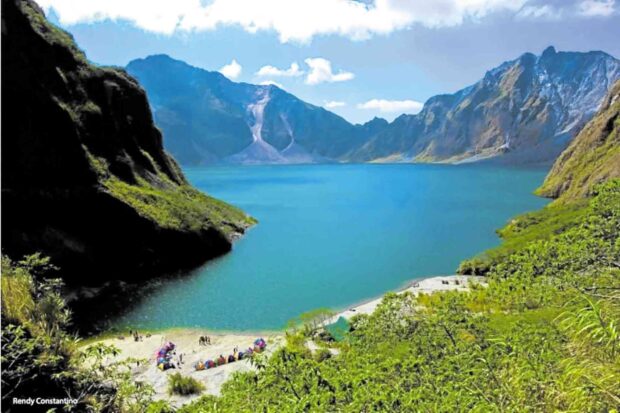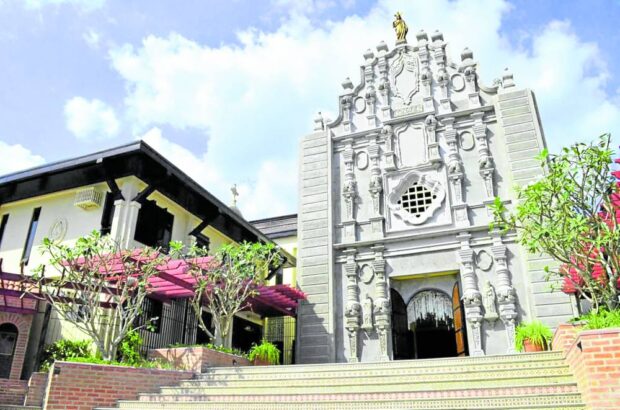The province of Tarlac has made great use of its natural and historical resources to develop and promote tourism in the province.
Religious landmarks
Tarlac has several significant religious landmarks such as the Monasterio de Tarlac in San Jose which is home to the Reliquary of the True Cross of Christ. This relic of the Holy Cross, authenticated by a papal seal, is under the care of the Servants of the Risen Christ Monastic Community and is encased in a golden Arquette.
Another important religious landmark is the Saint Josemaria Escriva Parish Church. The parish is unique for its “drive through” view of the Blessed Sacrament. It is also home to a relic of St. Jose Maria Escriva, founder of Opus Dei.
The La Sagrada Familia Church in Gerona, Tarlac is another emerging religious destination in the province of Tarlac. The church is famous for its altar table, part of which was used by Pope Francis during the Papal Mass in Luneta when he visited the country in January 2015.
Historical sites
During World War II, Camp O’Donell in Capas became the terminal point of the infamous Bataan Death March where Filipino and American soldiers surrendered to Japanese troops in 1942. Military forces liberated Camp O’Donell and rescued the prisoners of war in Capas in 1945.
The Capas National Shrine was built by the national government as a memorial to allied soldiers who died at Camp O’Donnell at the end of the Bataan Death March during World War II.
Tarlac also preserved some of the witnesses of history through museums like the Bamban World War II Museum. The community museum keeps photographs, documents, personal belongings and other memorabilia of hometown heroes. According to the Bamban Historical Society, big groups of Japanese tourists from among the descendants of soldiers visit the museum and the tunnels used in the war.
Natural attractions
Tarlac’s natural resources make plenty of room for unique adventures. The Anzap Twin Falls and Calao Falls in Mayantoc, Tarlac are famous summer destinations for both locals and tourists. Aside from the beautiful waterfalls, the trek trails offer wonderful views of forests abundant with different flora and fauna.
For those into challenges, Bulsa River offers kayaking and rafting experiences. It starts up in the village of Maamot, where the river originates, and meanders through the forests of San Jose. The rapids of Bulsa are categorized as Class II—smooth and gentle to moderately quick—a pace friendly to beginner kayakers. Other activities available in the trip are cliff jumping and kayak surfing.
Mt. Pinatubo is also accessible from Tarlac. Trips to the dormant volcano include riding a 4×4 Jeep, passing through Aeta communities, then trekking to the volcano’s famed crater.
Mini vacations
Another vacation spot is the Jose V. Yap Recreational Complex which has two large kiddie pools and an Olympic–size swimming pool. Its landscape also includes ponds that are scattered in the parks that are open for kayaking and fishing. Other activities include zip lining, mountain biking, airsoft, and dune buggy and ATV rides. Campers can also stay overnight and sleep under the stars.
There are also several hotels, resorts, and inns scattered around the province to accommodate those who need temporary shelter in between travels and for those who want to stay longer and explore more of Tarlac.
Sources: Inquirer Archives, tarlac.gov.ph



